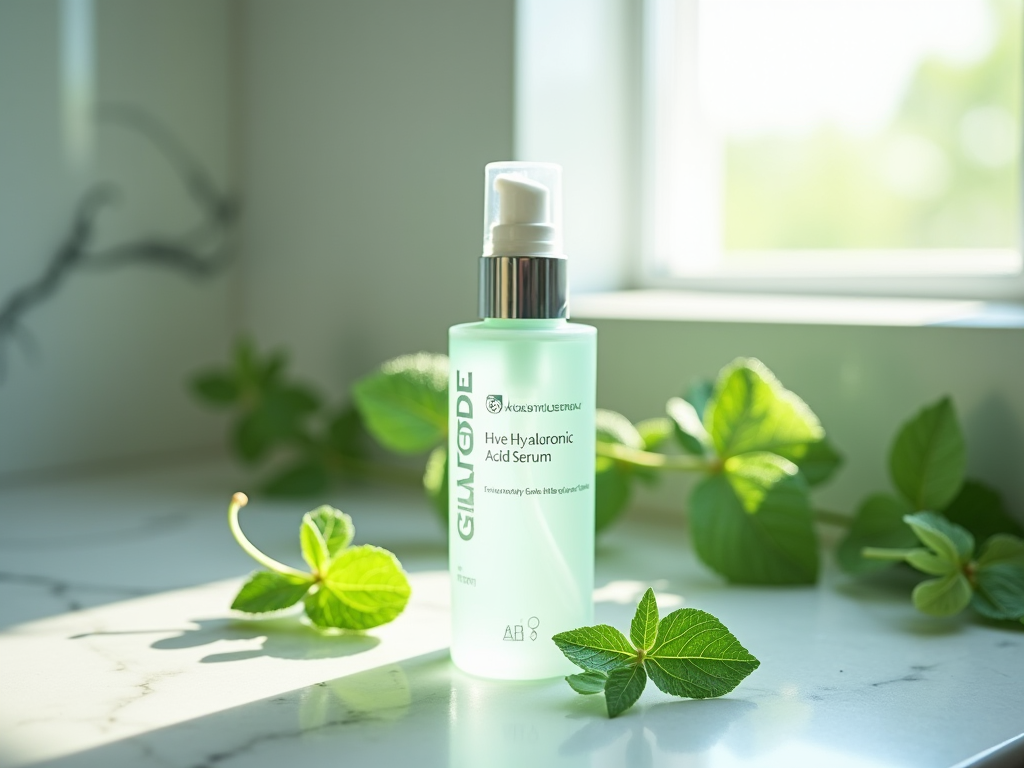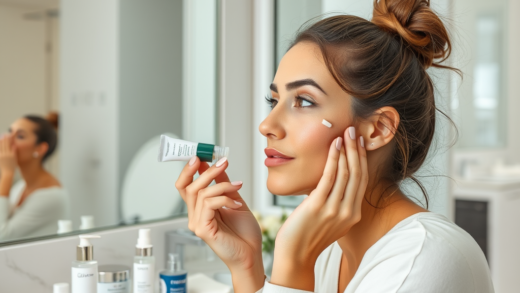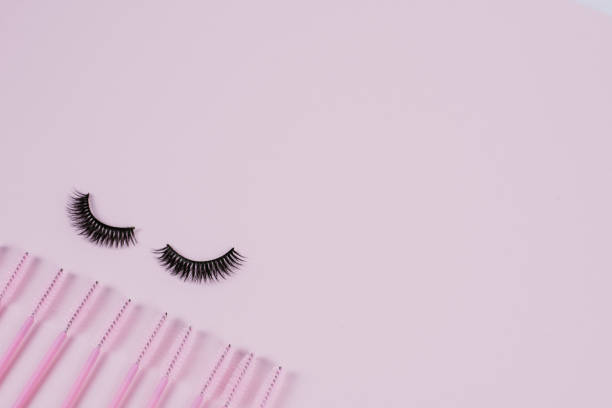The quest for flawless makeup is one that many embark upon, yet few achieve. Cakey makeup is a common pitfall that can derail even the most skilled makeup application. It not only detracts from your natural beauty but can also affect your confidence. The keys to a smooth finish lie in understanding the underlying causes of cacophonic layers of makeup on your face. By the end of this article, you will know how to identify potential issues affecting your look and the solutions that can help you avoid this makeup mishap.
Many enthusiasts often underestimate the importance of skin preparation. It sets the stage for a successful makeup application. Proper cleansing and moisturizing can work wonders in creating an ideal canvas. Skipping these steps can lead to a less-than-desirable result. But that’s not all; choosing the right primer is essential too, as it can either enhance your look or lead to more issues.
Inadequate Skin Preparation
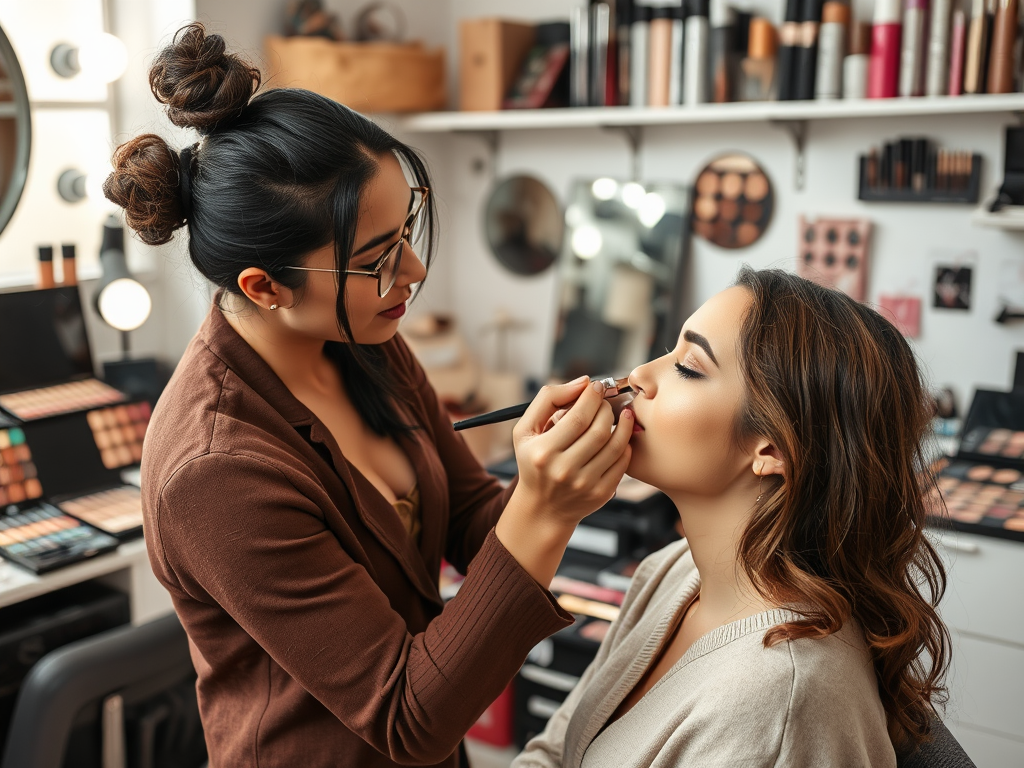
Let’s delve deeper into the significance of your skincare routine. When you fail to cleanse your face effectively, impurities and excess oil can remain, prohibiting your makeup from sitting properly. Moisturizing is also crucial, as drier skin types may find that their makeup tends to cling to certain areas, creating a patchy appearance. Additionally, using a primer is like laying the groundwork for your makeup; it ensures better adherence and longevity. However, selecting the wrong primer for your skin type can lead to disaster.
Importance of Cleansing and Moisturizing
- Removes dirt and impurities from your skin.
- Preps the skin to create a smooth canvas.
- Ensures products glide on effortlessly.
- Helps prevent makeup from settling into fine lines.
- Balances the skin’s moisture content, enhancing overall appearance.
Choosing the Right Primer
The role of primer cannot be overstated. It serves as a protective layer that helps makeup adhere better while minimizing the appearance of pores and fine lines. Choosing a silicone-based primer for oily skin can help control shine, whereas hydrating primers work wonders for dry skin types. Knowing your skin type will steer you toward the best products for your needs. Remember, the right primer can make all the difference!
Overuse of Products
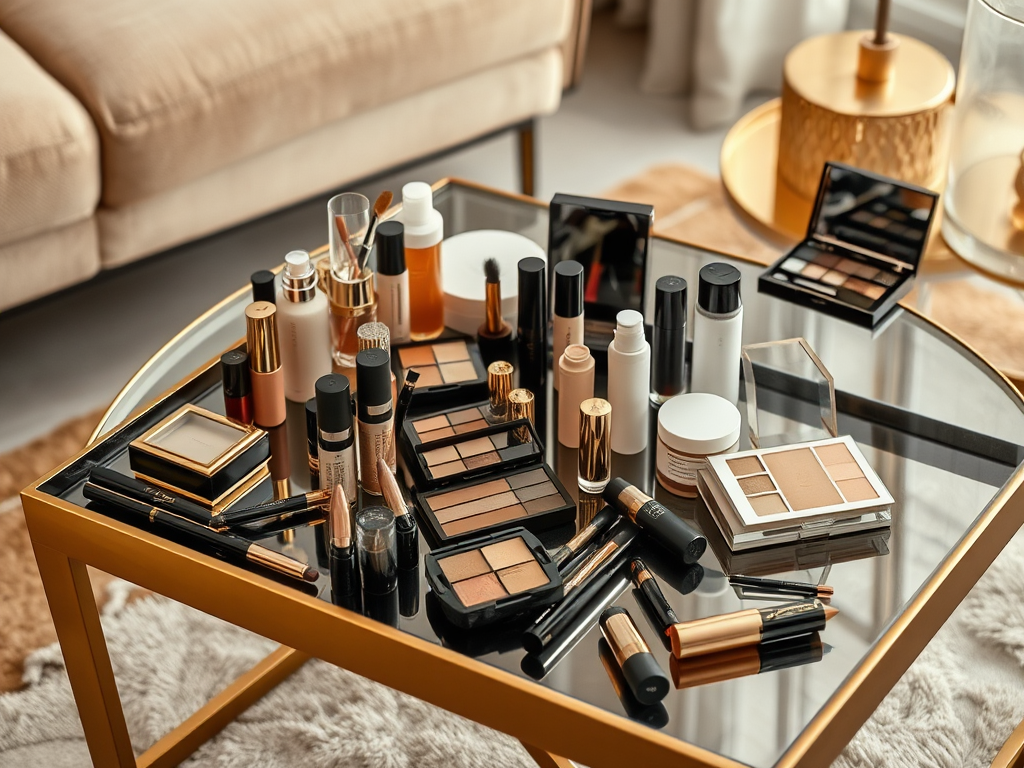
Using too many layers of products is a surefire way to end up with cakey makeup. Each layer needs appropriate time to set before adding another, otherwise, they can mix and cause an unsightly finish. The goal of makeup is to enhance, not mask, your features. Understanding how to balance product application is key. Here’s a breakdown of essential makeup layers:
| Makeup Layer | Purpose |
|---|---|
| Primer | Prepares skin and enhances product adherence |
| Foundation | Evens out skin tone |
| Concealer | Covers imperfections and dark circles |
| Setting Powder | Mattifies and sets makeup |
Incorrect Foundation Shade
Using the wrong foundation shade can dramatically alter the overall appearance of your makeup, leading to a noticeable line of demarcation. It’s crucial to find a shade that closely matches your natural skin tone. Many makeup stores offer testers, and it’s best to test under natural light to see how it interacts with your skin. If your foundation is too light or too dark, it creates an unflattering contrast. To avoid this common mistake, always check the product in various lighting conditions.
- Swatch a few shades on your jawline.
- Check in natural light for the best match.
- Allow the foundation to settle for a few minutes.
- Look at the foundation after it dries.
- Consider your skin undertone—warm, cool, or neutral.
Application Technique
Application method is just as vital as product choice when it comes to achieving a flawless look. Different tools produce varying finishes, and selecting the wrong applicator can lead to uneven coverage. For example, brushes tend to provide a full coverage look, while makeup sponges are great for more natural, blended appearances. Experimenting with different tools can help you find the right one for your skin and desired style. Just remember, technique is key!
- Brushes: Great for full coverage and smoothing.
- Sponges: Ideal for soaking up excess product and blending seamlessly.
- Fingers: Use warmth to help products melt into the skin.
Skin Type Considerations
Your skin type plays a significant role in how makeup behaves after application. Oily skin often craves different formulations than dry skin, requiring unique approaches. For oily skin types, matte finishes and oil-free products are essential. Those with dry skin should opt for hydrating formulas that help to minimize dry patches. Understanding these nuances can contribute immensely to preventing cakiness in makeup.
Here are some tips for different skin types:
- Oily Skin: Use mattifying primers and powders.
- Dry Skin: Focus on hydrating products and sprays.
- Combination Skin: Balance with both matte and hydrating products.
Harsh Weather Conditions
The environment can also affect how makeup sits on your skin. Humidity can cause products to break down, leading to an uneven look. Conversely, dry and cold conditions can create dryness and patchiness. Recognizing these influences will help you adapt your makeup routine seasonally. Being proactive about how the climate impacts your makeup will save you from unpleasant surprises throughout the day.
In humid climates:
- Opt for waterproof formulations to resist melting.
- Use blotting papers to manage shine throughout the day.
In dry climates:
- Incorporate hydrating sprays to keep skin fresh.
- Select cream-based products to avoid dryness.
Conclusion
Cakey makeup can stem from a myriad of issues, from improper skin preparation to product overuse. A keen understanding of your skin type, environmental factors, and application techniques will empower you to combat this common issue effectively. By implementing the insights shared in this article, you can achieve that flawless, radiant look you desire. Remember, makeup should enhance your natural beauty—not mask it!
Frequently Asked Questions
- What is cakey makeup? Cakey makeup refers to an uneven, thick layer of makeup that sits on the skin’s surface, creating a dull or artificial appearance.
- How can I identify if my makeup looks cakey? If your makeup appears cracked, dry, or leaves visible lines, it may be considered cakey.
- What are some tips to prevent cakey makeup? Ensure proper skin preparation, use the right amount of product, and select a shade that matches your skin tone.
- Can my skincare routine affect cakey makeup? Yes, a poor skincare routine can lead to dryness or oiliness, impacting the way makeup adheres to your skin.
- Is there a specific foundation type that prevents cakiness? Lightweight, buildable foundations typically offer a more natural finish and are less likely to appear cakey.
